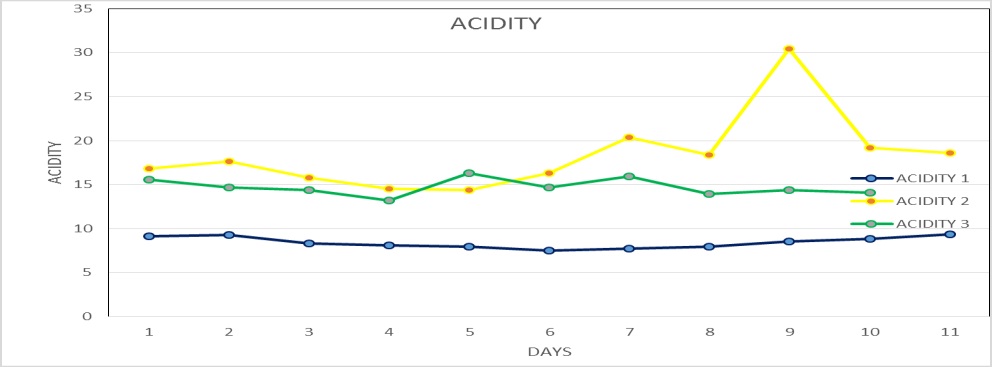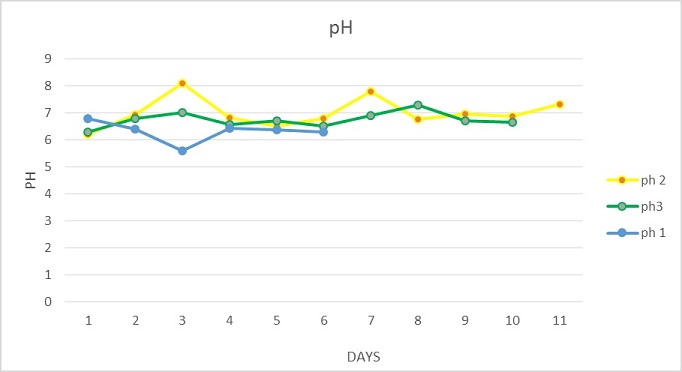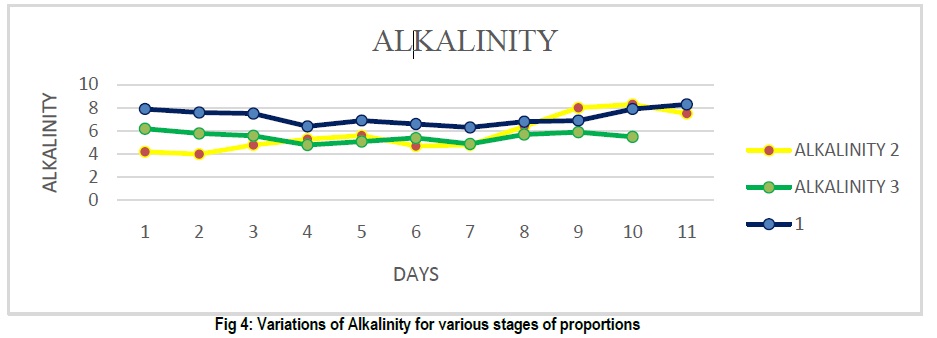





Published on Nov 30, 2023
One of the quite problems faced by the world today is management of all types of wastes which is generated from domestic origins. Waste produced from domestic origin arises many problems like land pollution, water pollution, public health hazards and so on…To control and disposal of this waste generated ,some cost effective methods are has to be applied. Anaerobic digestion is controlled biological degradation process which allows efficient capturing & utilization of biogas (approx.60% methane and 40% carbon dioxide) for energy generation. Anaerobic digestion of food waste is achievable but different types, composition of food waste results in varying degrees of methane yields, and thus the effects of mixing various types of food waste and their proportions should be determined on case by case basis. Anaerobic digestion (AD) is a promising method to treat the kitchen wastes, Garden wastes and Cattle manure.
While anaerobic digestion for treatment of animal dung is common in rural parts of developing countries, information on technical and operational feasibilities of the treatment of organic solid waste is limited in those parts.
There are many factors affecting the design and performance of anaerobic digestion. Some are related to feed stock characteristics, design of reactors and operation conditions in real time. Physical and chemical characteristics of the organic wastes are important for designing and operating digesters, because they affect the biogas production and process stability during anaerobic digestion. They include moisture content, volatile solids, nutrient contents, particle size & bio degradability. The bio degradability of a feed is indicated by biogas production or methane yield and percentage of solids (total solids or total volatile solids) that are destroyed in the anaerobic digestion. The biogas or methane yield is measured by the amount of biogas or methane that can be produced per unit of volatile solids contained in the feed stock after subjecting it to anaerobic digestion for a sufficient amount of time under a given temperature which is taken to be laboratory temperature in our case.
Keywords : Anaerobic digestion, land pollution, water pollution, public health hazards
Aim of this study is to find suitable solution to produce maximum gas in effective manner.
To put garden waste and kitchen waste to produce Biogas.
Reduction in disposal of the kitchen and garden waste, taken as opportunity to produce Biogas energy from it.
Aim of this study is comparison of biogas production from co-digestion of cattle manure, kitchen waste and garden
waste
Fabrication of anaerobic digester.
Check the parameters of effluent like
a) Acidity b)Alkalinity c) pH d) Temperature
Trial runs for different combinations and proportions of wastes
To check the biogas production.
Optimization of overall process.
Graph Analysis- It can be seen from the graph the analysis results showed considerable improvement in gas production due to addition of micronutrients




Stage 1 - proportion fed is 1:2 of cow dung and water (total 75 % of digester is filled)
Stage 2 - proportion fed is 1:2 of cow dung (50%) + kitchen waste (25%) and water (total 75 % of digester is filled and 25% is left blank for biogas production)
Stage 3 - proportion fed is 1:2 of cow dung (50%) + garden waste (25%) and water (total 75 % of digester is filled and 25% is left blank for biogas production)
We conclude that by addition of micronutrients like nitrogen, phosphate and sulphur (bromos) the biogas production will be increased.
By adding the kitchen waste (about 25%) to the cattle manure we get the increased gas production
By adding the garden waste (about 25%) to the cattle manure we get the slight decrease in gas production
Biogas which is produced used as fuel. Generally it is a renewable fuel for cooking and heating purposes, it is usedas low cost fuel.
It can help to reduce global climate change.
Waste that is produced in this process can be used as high quality fertilizer